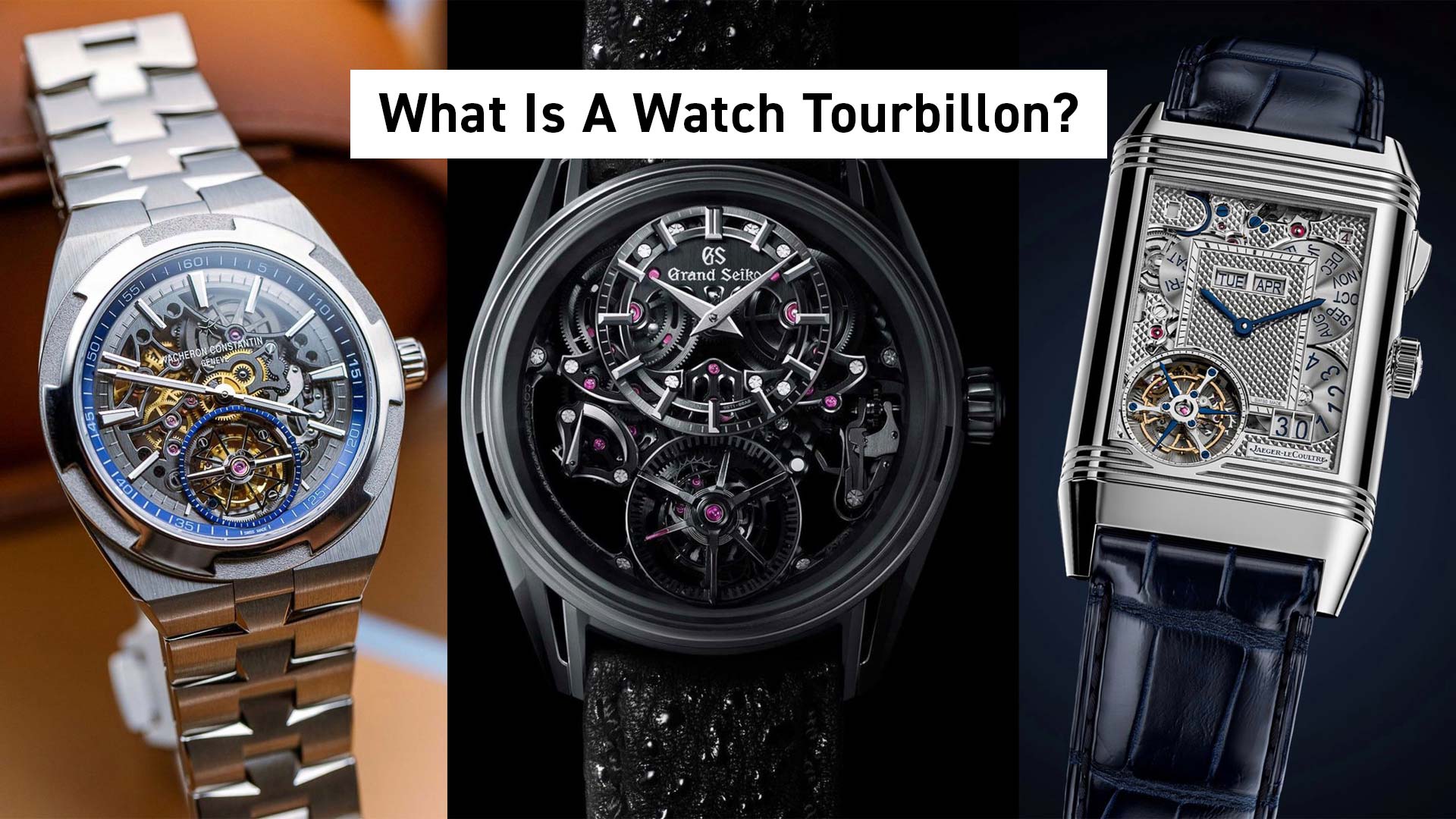In the realm of luxury timepieces, the tourbillon watch stands as a pinnacle of engineering brilliance and aesthetic elegance. This blog post delves into the intricacies of the tourbillon mechanism, illuminating its purpose, history, and the sheer artistry behind its creation. Furthermore, we'll explore the broader landscape of watch movements, highlighting the key types that define the world of horology.
Why Tourbillons are Coveted
- Precision: By mitigating gravitational influence, tourbillons ensure remarkable timekeeping precision.
- Craftsmanship: Crafting a tourbillon requires exceptional skill, making it a symbol of horological expertise.
- Aesthetics: The visible, often hypnotic movement of the tourbillon is a visual delight for watch connoisseurs.
Types of Tourbillon Watches
- Classic Tourbillon: Features the traditional single-axis rotation.
- Multi-Axis Tourbillon: Offers a more complex mechanism with two or more rotational axes.
- Flying Tourbillon: Lacks the upper bridge, giving an unobstructed view of the mechanism.
Exploring Watch Movements
Beyond the tourbillon, understanding watch movements is essential for any enthusiast. The movement, or "calibre," is the heart of a watch, powering its functions.
Main Types of Watch Movements
- Mechanical Movements: Powered by a wound spring, these movements require manual winding or are self-winding (automatic).
- Quartz Movements: Utilize a battery and quartz crystal to keep time, known for their accuracy and low maintenance.
- Hybrid Movements: Combine elements of mechanical and electronic technologies, offering unique features.
Frequently Asked Questions
1. What Does a Watch Tourbillon Do?
A watch tourbillon serves to increase the timekeeping accuracy of a mechanical watch. It does this by housing the watch's escapement and balance wheel in a rotating cage, which counters the effects of gravity. This mechanism is especially significant in the realm of luxury watches, where precision and craftsmanship are highly valued.
2. How Does a Watch Tourbillon Work?
The tourbillon in a watch functions by rotating the escapement and balance wheel within a small cage. This rotation, typically completed once every minute, evens out positional errors caused by gravity, enhancing the watch's timekeeping accuracy. The tourbillon is a pinnacle of watchmaking expertise, showcasing the mechanical ingenuity in luxury timepieces.
3. Why Are Tourbillons So Expensive?
Tourbillons are expensive due to their complex construction, the precision required in their making, and their status as a symbol of horological excellence. Crafting a tourbillon demands extensive skill and time, often making these watches sought-after pieces in luxury watch collections. The intricate design and labor-intensive manufacturing process contribute to the high cost.
4. Does Rolex Use Tourbillon?
Rolex, renowned for its precision and craftsmanship in luxury watches, does not typically feature tourbillon movements in its collections. Rolex focuses on optimizing the reliability and accuracy of their timepieces through other advanced technologies and innovations in watchmaking.
5. What is the Difference Between a Balance Wheel and a Tourbillon?
The balance wheel is a component of a watch's movement that oscillates to regulate timekeeping. In contrast, a tourbillon is a complex feature that includes the balance wheel but adds a rotating cage mechanism to improve accuracy. The tourbillon's purpose is to enhance the performance of the balance wheel by mitigating gravitational biases.
6. Is A Tourbillon Manual or Automatic?
Tourbillon watches can be either manual or automatic. The distinction lies in how the watch is wound: manual tourbillons require hand winding, while automatic ones use the wearer's motion to wind the mainspring. Both types benefit from the tourbillon mechanism's precision-enhancing qualities.
7. What is a Tourbillon on a Watch?
A tourbillon on a watch is a sophisticated mechanical feature designed to enhance timekeeping accuracy. It achieves this by placing the watch's escapement and balance wheel in a rotating cage, neutralizing the impact of gravity on the watch's movement. Tourbillons are highly esteemed in the world of luxury watchmaking for their technical prowess and aesthetic appeal.
Conclusion
The tourbillon watch, a masterpiece of horological ingenuity, stands as a testament to the blend of precision engineering and artistic craftsmanship. Whether you're an avid collector or a newcomer to the world of luxury watches, appreciating the tourbillon and understanding the various watch movements enriches your horological journey.














How to Replace a Watch Battery: An Easy Guide
What Is An Automatic Watch?